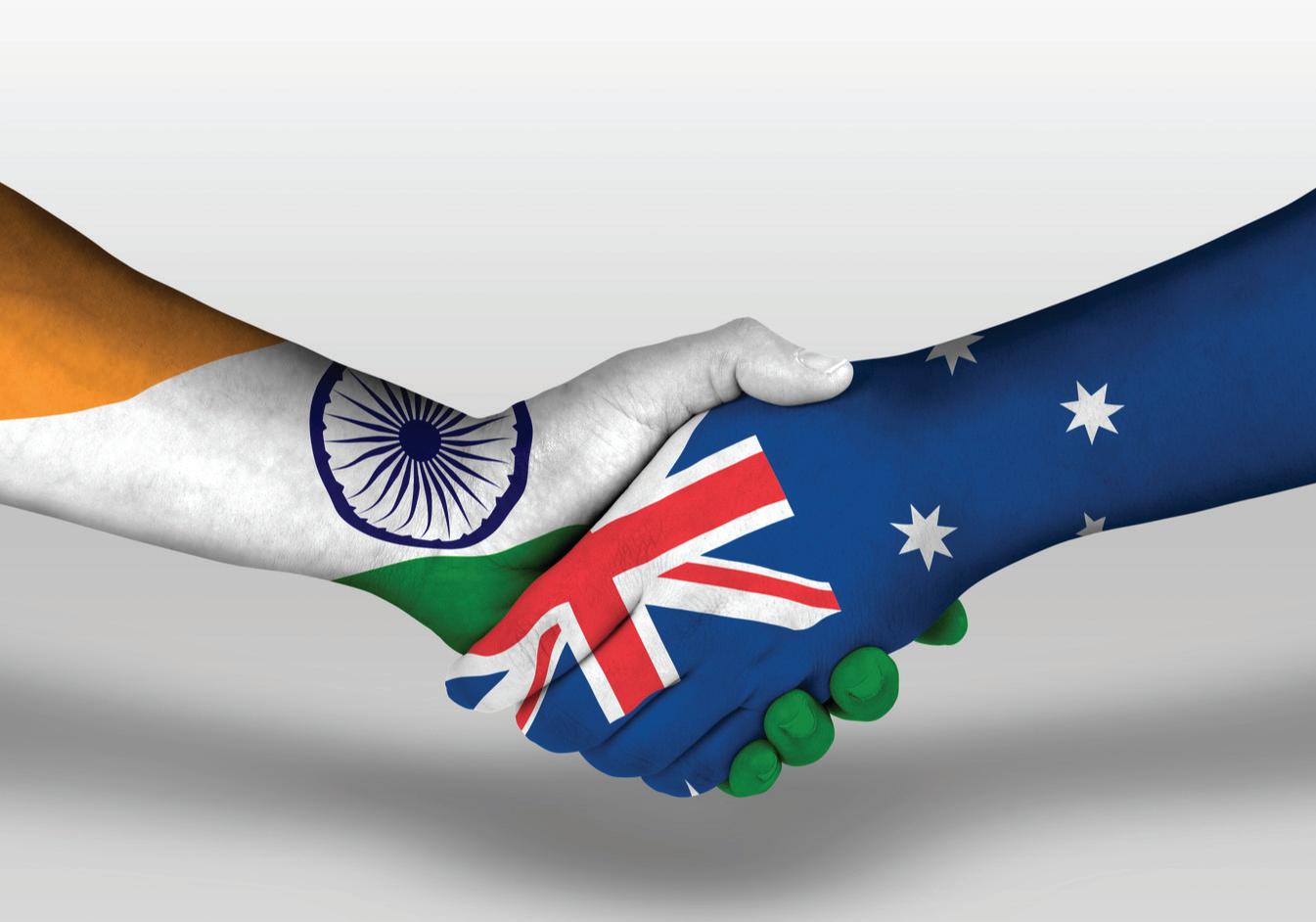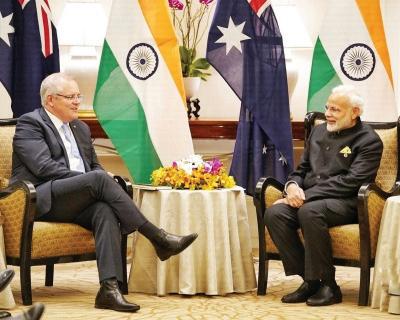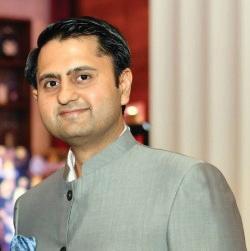
5 minute read
Cultural diplomacy in Act East policy: India’s way forward within the ASEAN region
Incorporating culture as one of the pillars of the Act East policy indicated its recognition as an integral part of India’s foreign policy. It is a testimony to the fact that India is ready to consider and employ culture as capital in its diplomatic endeavours and signals the ‘coming of age’ of Indian diplomacy. For as long as one can delve into documented history, India’s relationship with the present Southeast Asia and the extended East comprising of lands as far as Japan and China were based on commerce and rich cultural contacts dating before the age of Christ. These ancient cultural contacts are now being traced with renewed vigour through archaeological sources, literary works and narratives from both indigenous and foreign sources. The integral part of Act East approach towards the countries of the ASEAN region and the East requires revisiting of the history of cultural connect. Therefore befittingly, the Government of India has conceived Project Mausam to connect the dots back into time.
Project Mausam has a strong cultural dimension and is expected to yield strategic dividends by helping India gain better access to Southeast Asia region. Southeast Asian history is replete with evidences of close cultural contacts and adoption and adaptation of Indian cultural elements, and they are reflected in the rich cultural mosaic of contemporary times. Intangible evidences range from language, performances, palaeography to philosophy, religious and cultural practices that have been imbibed in everyday contemporary social lives of the region. Tangible evidences include architecture, paintings, numismatics and scriptures. A very exhaustive research of the deep cultural relations by Hari Bhushan Sarkar is a must read for those who are interested. A read of Pollock’s Sanskrit Cosmopolis will explain the roots of words like Ayuthya, Khambuja, Garuda, Seramban (Sri Ram Ban). The list is long and exhaustive. The Indian epics of Ramayan and Mahabharat have left an indelible imprint in most of the countries of Southeast Asia and they have been adapted into their belief systems and majority religion of the country as has been the case in Myanmar where Ram has been assimilated with Buddhism. The Wayang culture has drawn largely from the two Indian epics accentuating its artistic and literary dimensions particularly in countries like Indonesia. Architectural remnants and contemporary evidences speak volumes of the cultural communications that have flown from ancient times into modernity. Temples, shrines and religious monuments were dedicated to mostly two major Hindu deities Shiva and Vishnu, while Buddhist architectures incorporated from the Jatakas. Popular religious shrines like Angkor Wat, and Borobodur are popular, and there are Saivite towns of My-Son and Po Nagar in ancient Champa, now South Vietnam. Similarly a glimpse of the magnificent Samudramanthan architecture standing in all its glory in the Bangkok International Airport reminds of the deep seated influence of the Indian culture.
Advertisement
Contemporary Act East has prioritised areas like religion, education, and cultural interactions and joint archaeological collaborations. The ICCR has been promoting active cultural engagements for long; in addition it has established chairs of India Studies in various universities of Southeast Asia. Cultural Scholarship Scheme, Cultural Exchange Programme Scheme (as a part of ICCR scholarships based on bilateral agreements) and Technical Cooperation Scheme of the Colombo Plan, the ICCR Scholarship programmes, the Mekong Ganga Scholarships are offered to many of the students of Southeast Asia to provide technical support and to promote awareness about India’s art and culture. Alongside, the Ministry of AYUSH provides scholarship to ASEAN countries to learn about traditional Indian medicines, therapies and Yoga. The ASI has been renovating historical religious monuments in Bagan, Myanmar. Cultural diplomatic engagements have focused on people-to-people contacts through establishing contacts with the Indian diaspora living in several Southeast Asian countries. In 2015, PM Modi had mentioned that India is not confined to her territory, but India exists in every Indian in every part of the world. The diaspora has facilitated the acceptance of contemporary Indian entertainment mediums like the Bollywood among the local population. In 2008 popular Bollywood star Shahrukh Khan was awarded the ‘Datuk’ title in Malaysia. Buddhism is a channel of people-to-people contact allowing thousands of Buddhists from the East to visit Buddhist sites in India; the Ministry of Tourism in India has promoted the Buddhist Circuit allowing thousands of pilgrims to visit. The Buddhist Conclaves organised by India has emerged as a strong element of cultural diplomacy, and the Prime Minister and the President of India have actively participated in these Conclaves.
The emphasis on cultural connections is an attempt to look beyond territorial delimitations into regions. Trying to establish connects, threading in cultural intangibles and intangibles, is also a way of developing a parallel discourse of foreign policy to the Western stereotypes based on hard power dynamics. It takes recourse to the path of soft power that ancient civilisations of Asia like India and China both are. In fact for quite some time now, China has incorporated culture as a part of its soft power drive all over the world with considerable success; in contrast, India has made a late start. The question is how to convert the soft power endeavours into real foreign policy dividends; it is evidently difficult to gauge the success of soft power and how they can help India attain its strategic goals. Not to forget Project Mausam clearly has a strong strategic dimension as it focuses on the Bay of Bengal (BoB). Moreover, cultural diplomacy alone cannot establish strategic gains; it can only compliment engagements through hard power abilities. It is there that India faces considerable competition from China. In response, India requires calibrated approach in deploying her hard power resources such that her cultural engagements project her as a well-meaning neighbour to ASEAN.

Ishani Naskar, Ph.d, is working as professor at the Department of International Relations in Jadavpur University, Kolkata, India. She can be contacted at akiksha@gmail.com.










